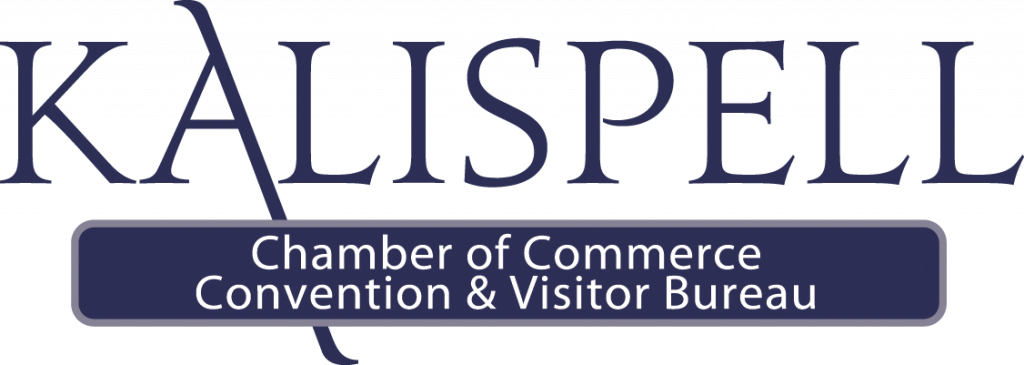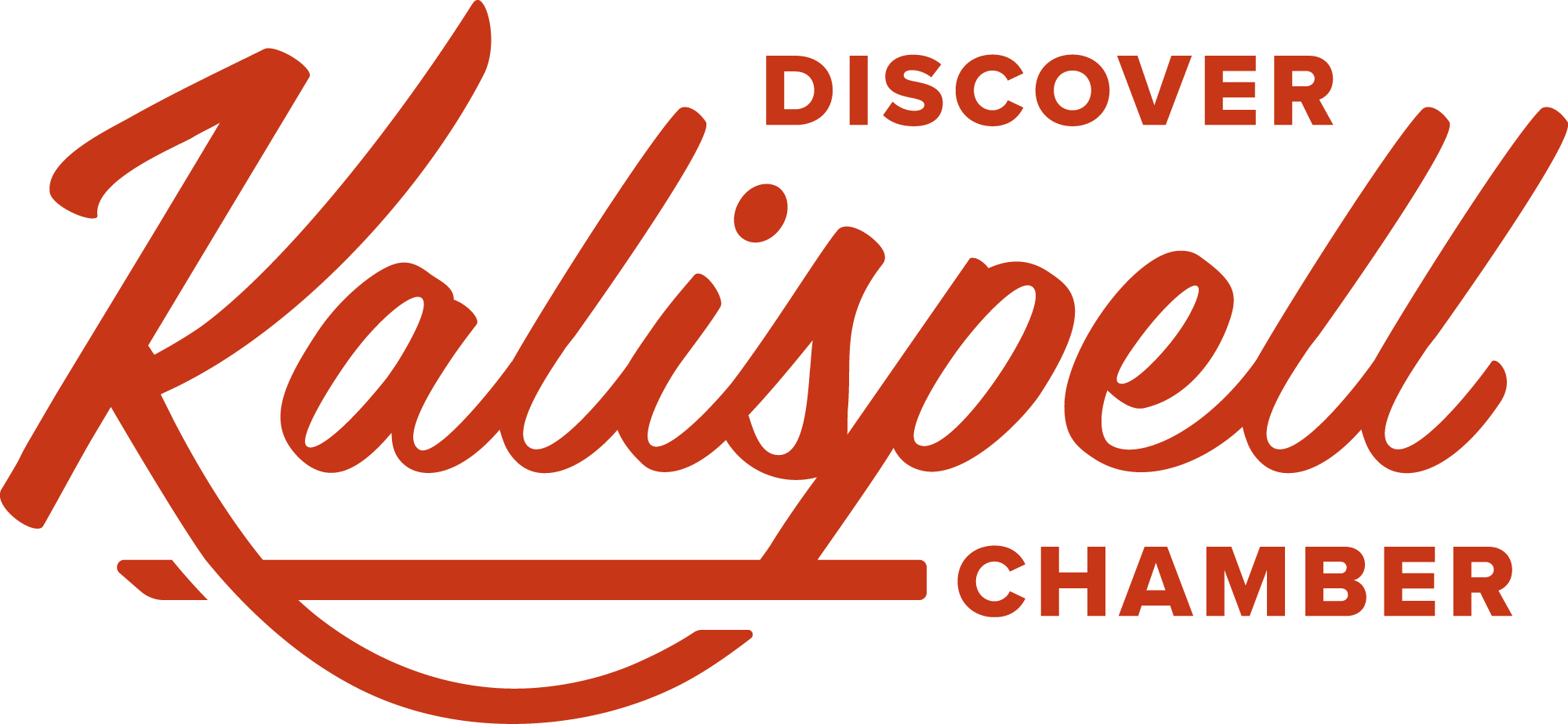

US Chamber of Commerce
Higher Education Act Reauthorization: Issues for Discussion
May 13, 2019
Present: Chris Eyler, Allison Dembeck, Jacey Barnaby, Jason Cronk, Heidi Gilmond, Mary McCloy, Kris Carlson, Nathan Stoll, Allison Deaver, Peggy Young, Mark Johnson, Tom Ray, Bob Nystuen, Jason Spring, Jessica Wurm, Joe Carbonari.
Chamber Staff Present: Joe Unterreiner, Kate Lufkin, Jenn Cronk
Questions raised:
- Is there a difference between urban and rural areas in their educational needs?
- When was there a transition to more students not being first time college students?
- How do we help people get more skills to move up to another level (of employment)?
- How can we pair up paid internships or credit-bearing internships with schools? How do you match an opportunity for students to do work in their field of study and integrate that internship with the needs of an employer’s HR department? What barriers are there to this?
- How do you build incentives and programs which are scalable and tailored to small businesses?
- How do you address the challenge of a business investing time and effort into programs with a local college when students can just as easily get a job directly without taking the time to get more education?
- How to address the costs borne by businesses for in-house training?
- Can grant programs be expanded to help businesses with the costs of on-boarding a new employee?
- How can students get college credit for the knowledge they already have, such as through a prior job in the military? How can students test out for skills they have already mastered?
- How can we remove barriers and create tax incentives and student loan assistance which will help businesses?
- Are we working for the higher education system or are they working for us? How do we change these models to make them work better?
- Where in the higher education system do students learn how to deal with people?
- Could there be a tax break for businesses with low turnover?
- Would the questions raised be different if there were more diversity?
- Is there a way to change the distribution of higher ed funds from the government level to the state level? Could the federal government release the money to the states for the states to handle?
- Has there been any discussion of 4 year curriculum being permitted at 2 year colleges?
Summary of Thoughts:
- 53% of students are not 1st time students, nationally.
- Certificate programs: making them stackable.
- In-House training: larger firms can devote whole departments to employee training but smaller employers don’t have as many financial/time/employee resources.
- Internships: challenge of businesses having interest in providing these types of programs, yet also being tasked with finding the budget for the intern’s wages, potential reduction of supervisor productivity, any reporting involved (if tied to a program).
- Pell Grants: expand to certificate programs
- With low unemployment, some businesses have had to pay employees’ student loans to recruit that employee.
- The chamber should continue to create business incentives to help businesses employ people
- Businesses need to adjust their training methods to meet the learning differences of today’s employees.
- Businesses need to focus on communicating their culture to their employees and prospective employees.
- Revaluating the expectation of young employees stepping into roles vacated by baby boomers who have had decades of experience.
- Higher education needs to do a better job of focusing on student outcomes and making sure that students are employable. Ensure that students are proficient in their trade/craft. Ensure that students also understand the potential return on their investment in a particular field of study. Also educate about what real graduation rates are really like for students.
- Federal money should be put where there is a need. Where there is a huge demand and public benefit, that’s where the money should go. An example would be nurses: there is a large wait-list to get into nursing school, a shortage of faculty for nursing, and a huge demand for nurse graduates.
- Keep any process simple (for new government programs).
- There are more opportunities to learn today than ever before, even from an early age. Through online education anyone can access learning.
- There is a challenge within the higher ed system in that it is built around a traditional September to May semester system, and this system doesn’t always produce employable workers. Most people in congress have gone through this traditional system, and it tends to lend them a view point that everyone should go to college; and that encouraging anything less than that could be perceived as racist.
- Community colleges, especially our local FVCC, do a great job of putting together businesses from the community and education programs. FVCC looks to see how it can serve the community.
- Higher education should look at an industry which has figured out how to integrate industry needs with the education students receive, such as the hospitality industry. Many hotel companies are involved with schools and have well thought out programs.
- High schools: need to do a better job of career counseling with students who are not traditional college-bound students. High schools should include education in the trades and be highlighting opportunities in fields which require certifications such as: plumbers, electricians, HVAC technicians.
- Colleges need to be more clear about disclosing to students the cost of their student loans
